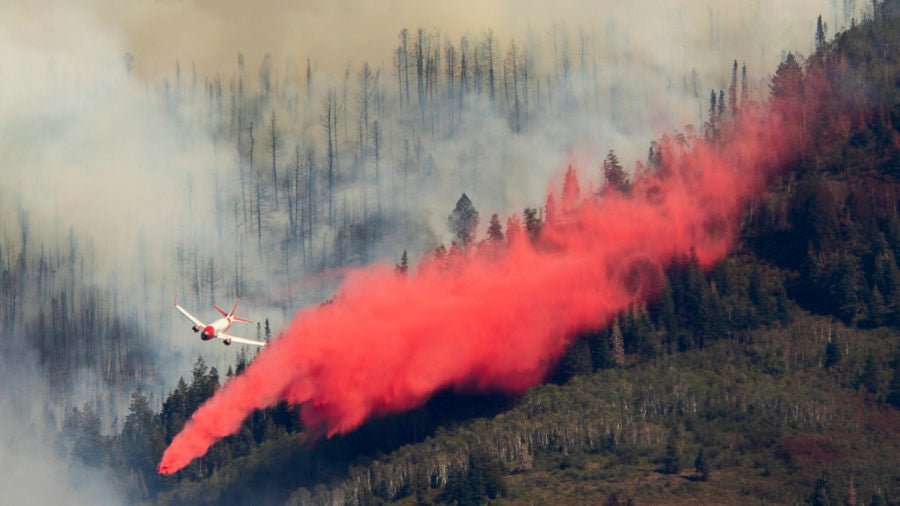Fire Regimes
A fire regime refers to the patterns, frequency, and intensity of the fires that occur in a particular ecosystem over an extended period. Understanding a fire regime is crucial for several reasons:1. Ecosystem Health and Resilience: Many ecosystems, especially those in fire-prone areas like forests and grasslands, have evolved with fire as a natural and necessary process. Fire regimes help maintain ecosystem health by removing dead or decaying matter, recycling nutrients back into the soil, and aiding in the regeneration of fire-adapted plant species. In some ecosystems, certain species actually depend on fire for their reproduction and growth. For example, some pine trees require the heat from a fire to open their cones and release seeds.
2. Wildlife Habitat: Fire regimes can influence the type and availability of habitat for wildlife. By shaping vegetation structure and composition, fires can create a mosaic of habitats that support diverse wildlife species. Regular, low-intensity fires might maintain open habitats favored by certain species, while the absence of fire could lead to denser forests less suitable for those species.
3. Fire Suppression and Management: Understanding the natural fire regime of an area helps in making informed decisions about fire suppression and management. In regions where fire suppression has altered the natural fire regime, there can be an accumulation of fuel (like dead wood and dense underbrush), leading to more severe and uncontrollable wildfires. Adaptive fire management, which may include prescribed burns (controlled fires), aims to restore the natural fire regime, reducing the risk of catastrophic wildfires.
4. Climate Change Adaptation: As climate change affects temperature and precipitation patterns, it can alter fire regimes, often leading to more frequent and intense wildfires. Understanding how fire regimes are changing allows for better planning and adaptation strategies, both in terms of managing landscapes and in preparing communities for increased fire risk.
5. Cultural and Historical Significance: In many cultures, especially indigenous communities, fire regimes have been an integral part of land management and cultural practices for centuries. Understanding traditional fire regimes can provide valuable insights into sustainable land management practices.
In summary, understanding fire regimes is essential for maintaining ecological balance, managing wildfire risks, adapting to climate change, and preserving cultural heritage. It involves a complex interplay of natural processes, human activities, and changing environmental conditions.


